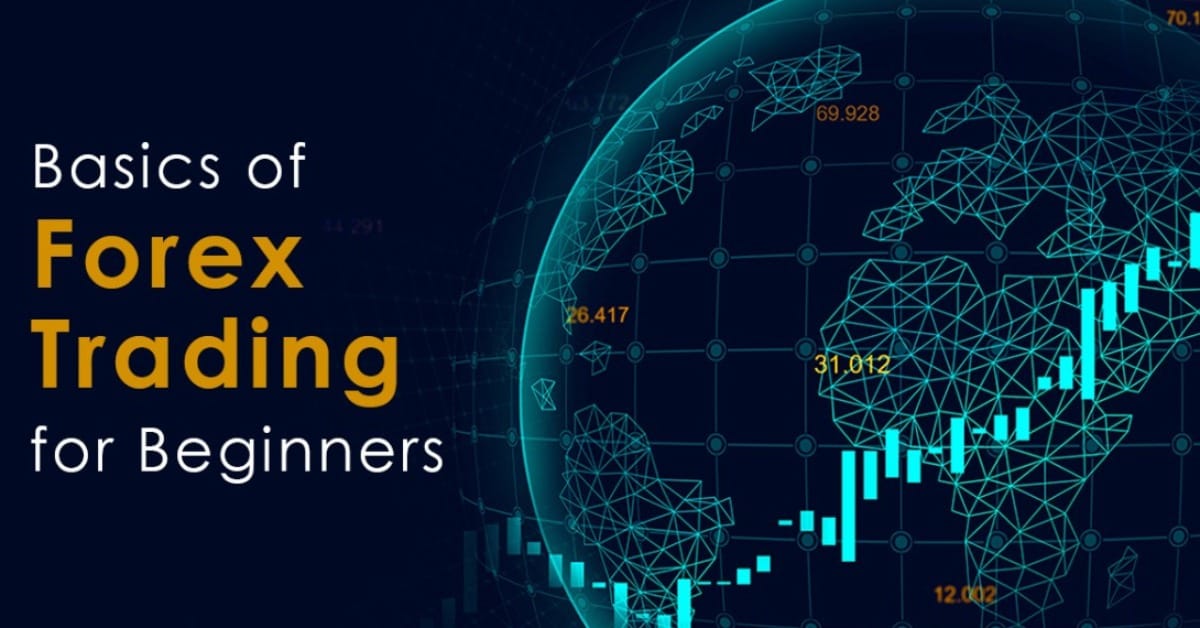Understanding Forex Basics: A Beginner's Guide
admin
January 25, 2024
3 min read

Absolutely, let's delve into a beginner's guide to understanding the basics of Forex trading.
1. What is Forex?
- Definition: Forex, or the foreign exchange market, is the largest financial market in the world where currencies are traded. It's a decentralized market, meaning it doesn't have a physical location, and operates 24 hours a day, five days a week.
2. Currency Pairs:
- Definition: In Forex, currencies are traded in pairs. Each pair consists of a base currency and a quote currency. The value of the pair indicates how much of the quote currency is needed to purchase one unit of the base currency.
- Example: In the EUR/USD pair, EUR is the base currency, and USD is the quote currency. If the EUR/USD is trading at 1.20, it means 1 Euro can be exchanged for 1.20 US Dollars.
3. How Forex Trading Works:
- Overview: Forex trading involves the simultaneous buying of one currency and selling another. Traders speculate on the direction in which they believe a currency pair's price will move.
- Example: If you expect the Euro to strengthen against the US Dollar, you would buy the EUR/USD pair. If your prediction is correct, you can sell the pair later at a higher price.
4. Major, Minor, and Exotic Pairs:
- Major Pairs: Include the most traded currencies globally, such as EUR/USD, USD/JPY, and GBP/USD.
- Minor Pairs: Do not include the US Dollar, for example, EUR/GBP or AUD/JPY.
- Exotic Pairs: Involve one major currency and one currency from a developing economy, like USD/TRY (US Dollar/Turkish Lira).
5. Forex Brokers:
- Definition: Forex brokers act as intermediaries between retail traders and the interbank forex market. They provide trading platforms and access to the market.
- Considerations: Choose a reputable broker with proper regulation, competitive spreads, and user-friendly trading platforms.
6. Leverage and Margin:
- Definition: Leverage allows traders to control a larger position size with a smaller amount of capital. Margin is the amount of money required to open a leveraged position.
- Caution: While leverage can amplify profits, it also increases the risk of significant losses. Use leverage cautiously and understand its impact on your trades.
7. Reading Forex Quotes:
- Example: If the EUR/USD pair is trading at 1.2000, it means 1 Euro is equivalent to 1.2000 US Dollars. The first currency (EUR) is the base, and the second (USD) is the quote.
8. Market Analysis:
- Technical Analysis: Involves analyzing price charts and using indicators to predict future price movements.
- Fundamental Analysis: Focuses on economic, political, and social factors that may influence currency prices.
9. Risk Management:
- Importance: Protect your capital by implementing risk management strategies, such as setting stop-loss and take-profit orders, calculating position sizes, and diversifying your trades.
10. Continuous Learning:
- Resources: Utilize educational materials, online courses, and demo accounts to continually improve your understanding of Forex trading.
Remember, Forex trading involves risk, and it's crucial for beginners to start with a solid understanding of the basics before venturing into live trading. Practice in a demo account to gain experience and refine your strategies.